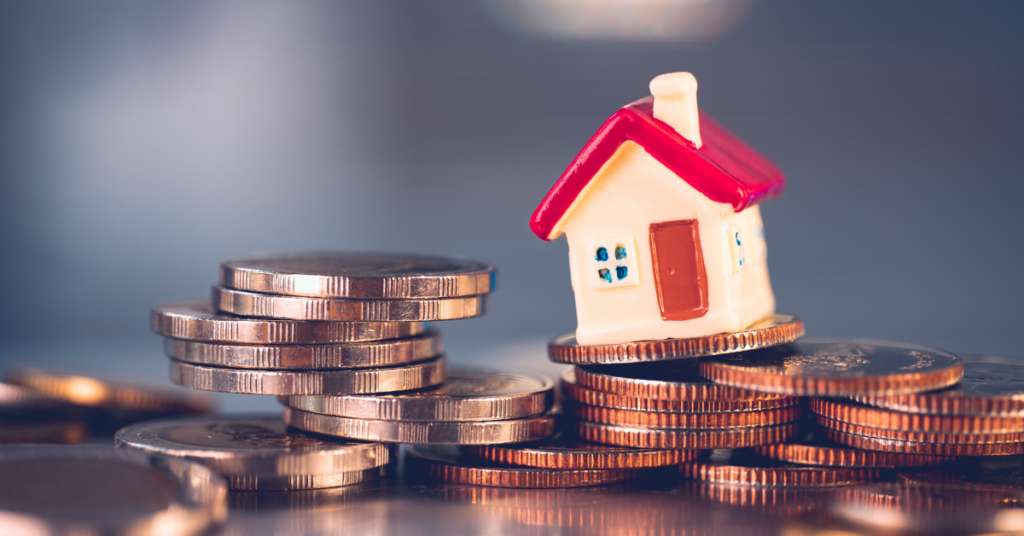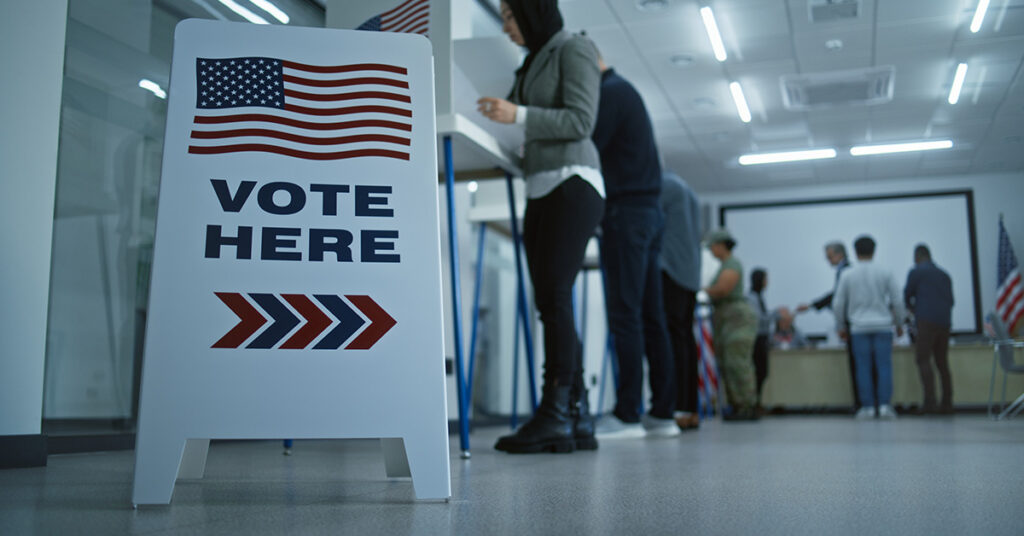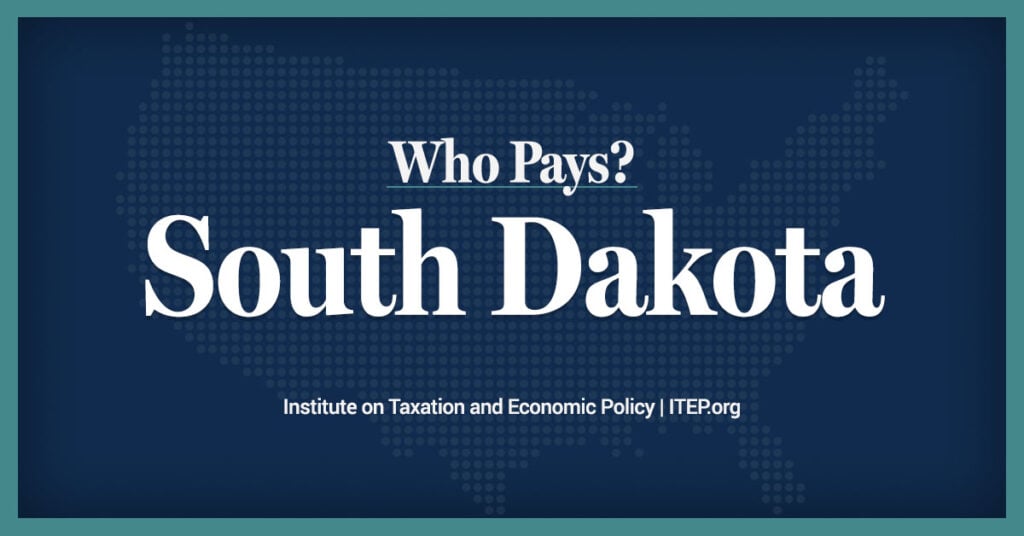Karen Kraut • April 25, 2010
Imagine this: Your state has the option of reducing its residents’ combined federal tax bills by hundreds of millions of dollars a year while at the same time substantially reducing state taxes for 80 percent of its residents, but it chooses not to do so.
Remarkably, that’s exactly what South Dakota and six other states are doing. South Dakota, Florida, Nevada, Tennessee, Texas, Washington and Wyoming are opting out of a state tax reform that would make those significant benefits to taxpayers possible.
Like the other states in this group, South Dakota raises revenue by relying heavily on sales taxes instead of levying a personal state income tax. Those two revenue approaches create a lose-lose situation for most South Dakotans.
Low- and middle-income residents lose because they end up paying significantly more of their income in total state taxes than do high-income taxpayers. And residents who don’t itemize their federal tax returns lose the bang for the buck on the deduction for state tax payments (the federal offset), thereby missing an opportunity to export a more substantial part of their state’s tax load to the federal government.
It doesn’t have to be this way in South Dakota.
According to a new report, “Leaving money on the table,” from the Institute on Taxation and Economic Policy and United for a Fair Economy, if South Dakota and the other six states swapped a portion of their sales tax for an income tax, they could return to their taxpayers billions of dollars of federal income taxes each year.
Specifically, if South Dakota enacted even a minimal 3 percent flat income tax and used the revenue to reduce sales taxes dollar for dollar (a revenueneutral change), the federal taxes paid by residents would drop $11 million a year thanks to the federal offset. If South Dakota enacted a progressive personal income tax similar to what many other states levy, the federal taxes paid by residents could drop $43 million a year. Hardly chump change.
While the federal offset benefits only those taxpayers who itemize their federal tax returns – overwhelmingly upper-income people – low- and middle-income taxpayers also would enjoy significant benefits because an income-for-sales tax swap substantially would reduce their total state taxes.
Each of the seven states’ overall tax structure, which is tilted steeply in favor of the wealthy, would become more fair. In South Dakota the tax structure is “upside down” with the 20 percent of people whose income is the lowest paying 11 percent of
their income in state and local taxes, while the top 1 percent pay only 1.9 percent. Under the progressive income tax swap, the bottom 20 percent would pay 4.9 percent of their income in state and local taxes while the top 1 percent would pay 5.8 percent.
Forty-one states have figured this out and take advantage of the strong federal incentive to raise revenue through a broad-based state income tax. Now it’s time for South Dakota and the remaining states that don’t to do right by their citizens to stop leaving money on the table.




